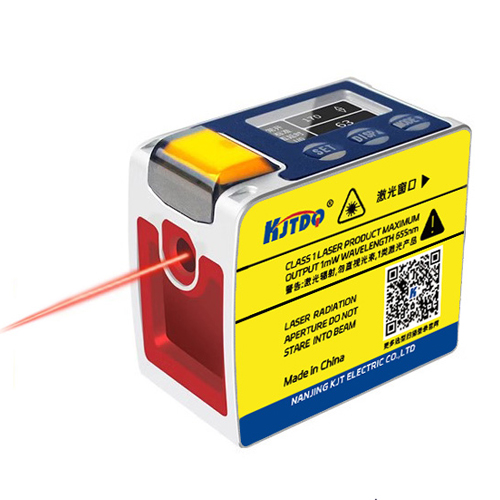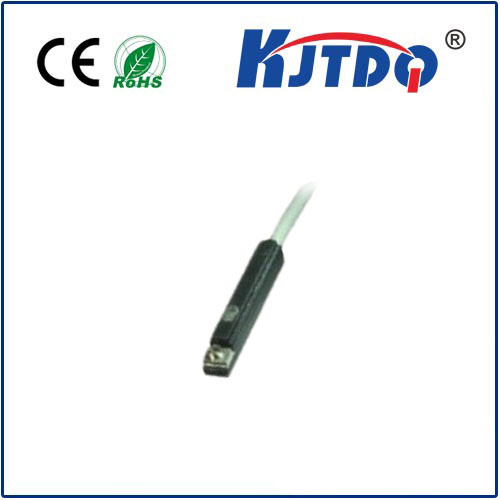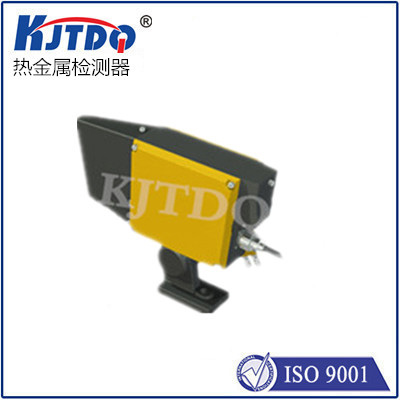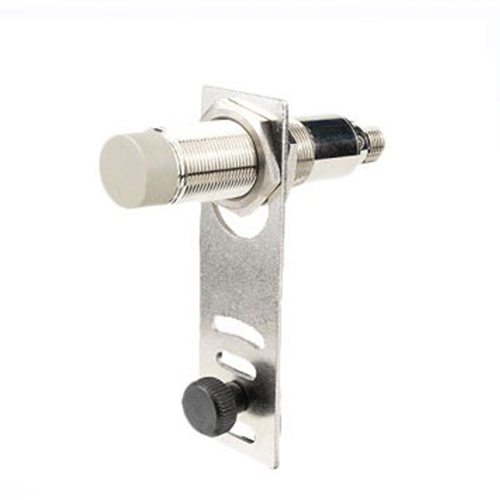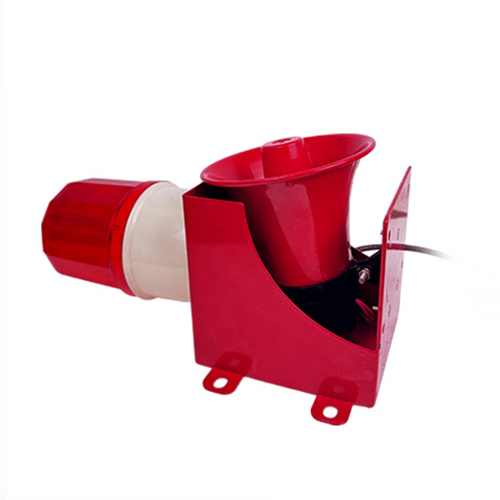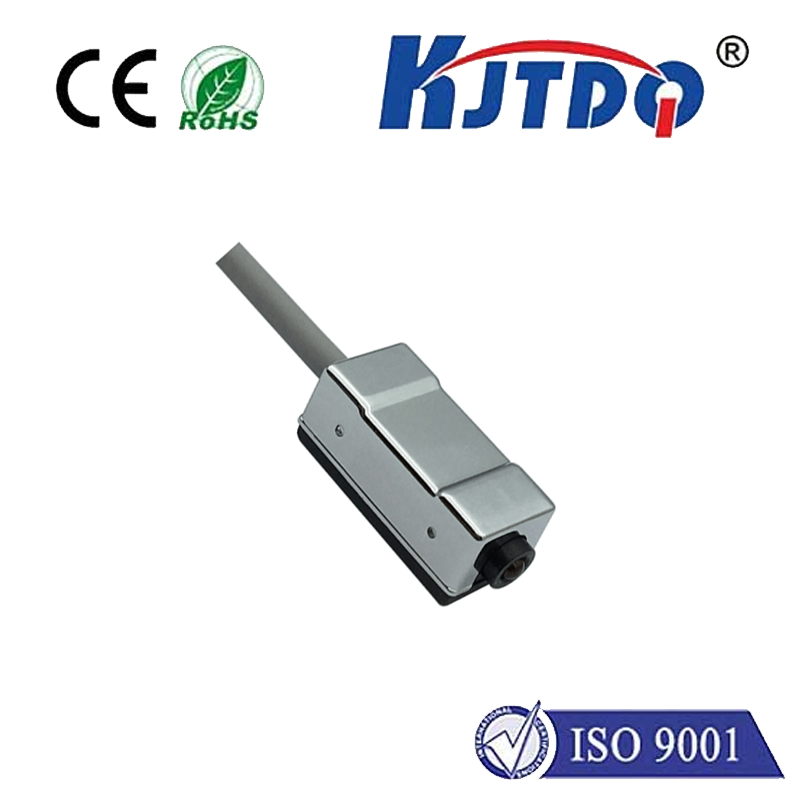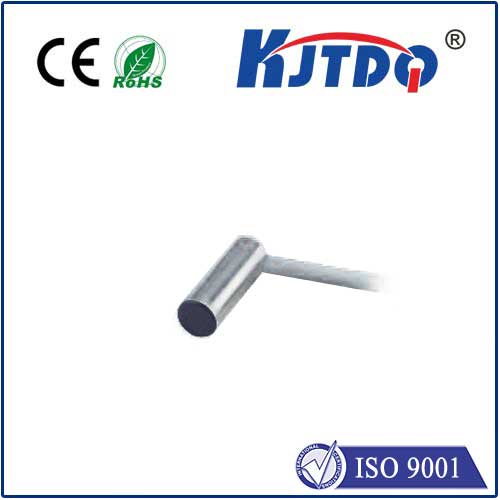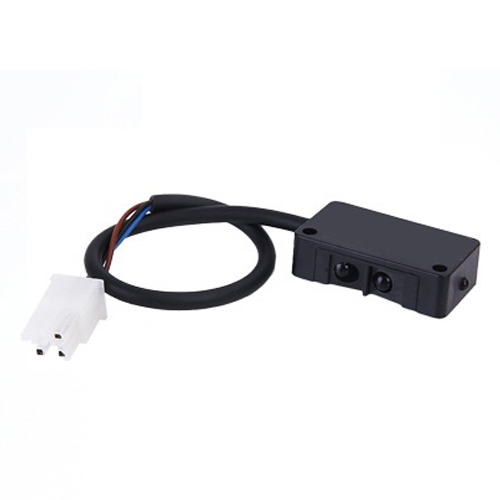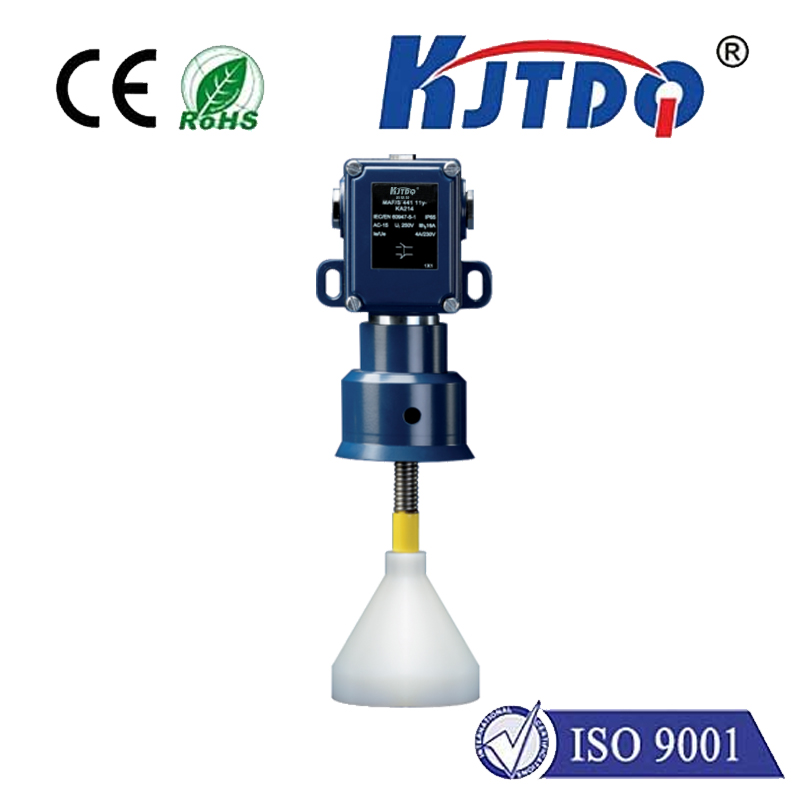

check

check

check

check

check

check

check

check

check

check
Title: Understanding the Role of Torque Switch in Actuators
The torque switch, also known as a torque multiplier or torque limiter, is a vital component in actuators. It is designed to regulate the amount of torque applied to a motor, ensuring that it delivers the desired speed and power without causing any damage. In this article, we will explore the function of torque switch in actuators and their significance in various industries.
What is a Torque Switch?
A torque switch is a mechanical device that converts electrical energy into mechanical energy. It consists of two main parts: a contactor and a solenoid. When an electrical signal is applied to the solenoid, it causes the contactor to open, allowing electrical power to flow through the circuit. This action generates a magnetic field that activates the solenoid, which in turn switches the current flowing through the coil. The resulting torque is then transmitted to the actuator, causing it to move.
Function of Torque Switch in Actuators

The primary function of a torque switch in an actuator is to control the amount of torque applied to the motor. By varying the amount of current flowing through the solenoid, the torque switch can adjust the force generated by the motor. This allows for precise control over the speed and power of the actuator, making it suitable for a wide range of applications.
In addition to controlling torque, torque switches can also be used as a means of limiting the maximum output force. By setting a maximum torque level, the torque switch can prevent an actuator from exceeding its capabilities and damaging itself or its surrounding components. This is especially important in applications where high forces are involved, such as in industrial machinery or aerospace systems.
Benefits of Using Torque Switches in Actuators
There are several benefits to using torque switches in actuators, including:
1. Improved performance: With precise control over torque output, torque switches can help improve the performance of an actuator, allowing it to perform tasks more accurately and efficiently.
2. Enhanced safety: By limiting the maximum output force, torque switches can help prevent accidents caused by excessive force exerted on an actuator or its surroundings.
3. Increased lifespan: By avoiding overloading or damaging the motor, torque switches can help extend the lifespan of an actuator and reduce maintenance costs.
Conclusion
In summary, torque switches play a critical role in actuators by controlling the amount of torque applied to the motor and limiting the maximum output force. By providing precise control over speed and power, they enhance performance, improve safety, and increase lifespan in various industries. Understanding the function and benefits of torque switches is essential for selecting and optimizing actuators for specific applications.
